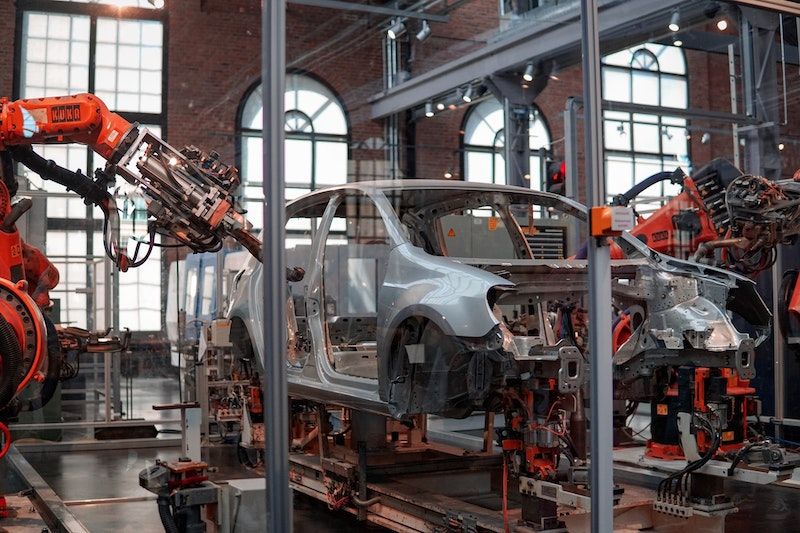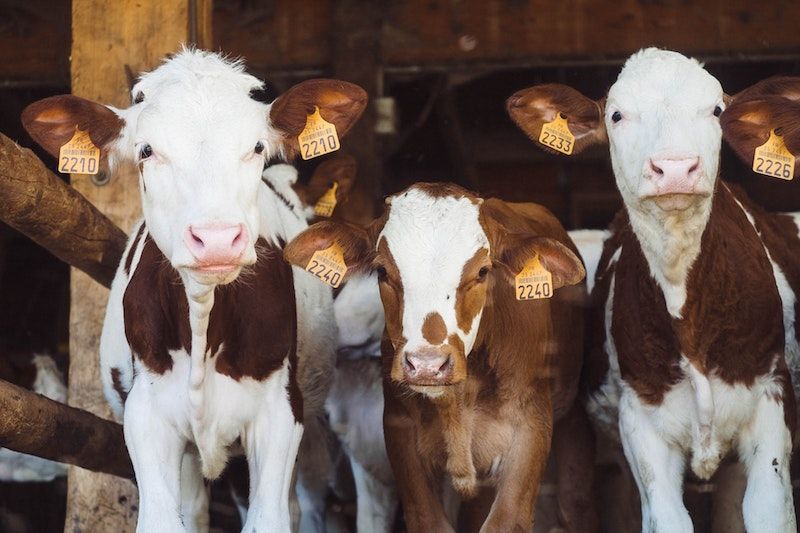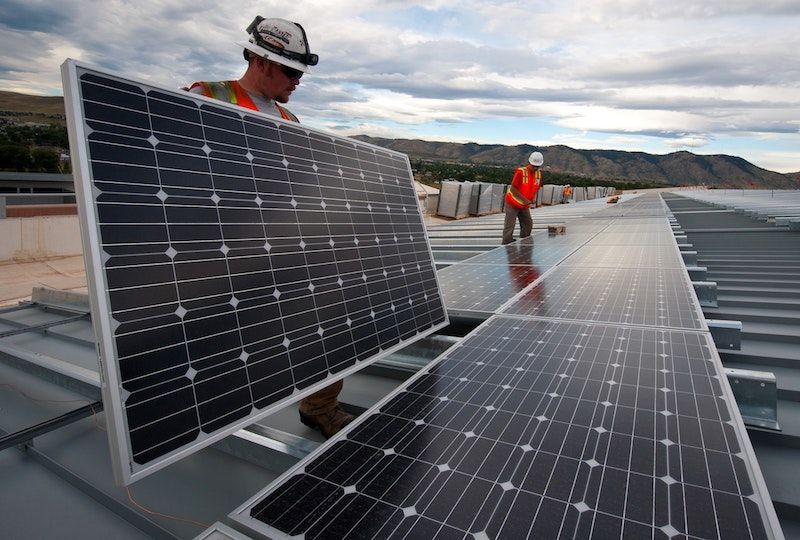These days, the "carbon neutral" label has been slapped onto all kinds of projects. Need some carbon-neutral moisturizer? No problem. A mattress? Sure thing. A leash from your dog? Why, of course. If it's a gift, you can even pay a bit extra to ensure that its UPS shipment is carbon neutral.
"Carbon neutral" is a concept close to our hearts at Wren. After all, we help individuals make their own lives carbon neutral. We see it as an important personal step towards addressing the overwhelming problem of climate change—though there are other steps we need to take, too.
That's why it's worth understanding what "carbon neutral" does—and doesn't—mean.
📚 Jump to section:

What does it mean to be carbon neutral?
To be carbon neutral—or "zero net carbon," as some groups, including Amazon, phrase it—means that the volume of greenhouse gases you emit is offset by some combination of (1) directly removing carbon from the atmosphere and (2) preventing greenhouse gases from being emitted in the future.
There are other, related phrases. Microsoft aims to be "carbon negative," by 2030, which involves removing more greenhouse gases than emitted. Since "carbon" is generally used as a shorthand for all greenhouse gases, some companies believe "climate positive" is a synonymous but more useful term. Starbucks, meanwhile, is talking about becoming "resource positive," which includes being carbon negative but also contributing positively in other ways. The company will "give more than it takes from the planet," they say.
What are the steps to becoming carbon neutral?
States and countries, businesses and people—carbon neutrality is being pursued at every scale. Though the details may differ, the overarching process is the same: you must calculate your emissions, then reduce them. Finally, whatever emissions are unavoidable are offset.
Calculating emissions
Given how pervasive fossil fuels are, calculating carbon emissions gets complicated. You know how much gas you burn when you drive your car—but how much energy was used to build that car? And are you responsible for, say, the gas burned by workers when they drove to the production plant where they made your car? How far back do we go?

For companies, there are a few standard methodologies that help answer these questions. The GHG Protocol Corporate Standard is most common. Under these standards, each company is fully responsible for any emissions it creates directly, and partially responsible for other, "indirect" emissions. Indirect emissions include the production and transportation of products it purchases—everything from raw materials to office furniture—as well as the emissions from the use of its own products once sold.
Compiling all that information is a lot of work. For individuals, almost all carbon-footprint calculators, including our own, strike a balance between using specific information that is fairly easy to access (like your electricity consumption, available on your utility bill) and estimates for behaviors that are harder to track. No carbon calculator is perfectly accurate. For most people, though, just a few habits—like travel and energy use—form the bulk of our carbon footprint, making calculators close enough.
Reducing emissions
The next step is to find ways to reduce emissions, both direct and indirect. For a company, reducing direct emissions might involve increasing the energy efficiency of its offices or moving over to renewable sources of energy. For many companies, business travel is a major direct source, given the massive emissions of flights. (There's an easy solution: virtual meetings!)
For individuals, too, mitigation strategies vary. Switching to a hybrid or electric vehicle cuts direct emissions; cutting all meat out of your diet is major way to decrease indirect emissions, given the massive carbon footprint of cattle farming.

Offsetting what's left
It's all but impossible for a person or company reduce their emissions to zero: we live in a world where two-thirds of electricity comes from fossil fuels. Nearly everything we consume arrives via a carbon-intensive supply chain. That's why the goal is "net zero" rather than "zero emissions": to balance out the unavoidable emissions, some carbon must be either "offset" or removed.
The word "offsets" generally refers to projects that will prevent future emissions. Renewable energy projects are a common example: as more solar panels come online, they will replace gas and coal plants, meaning emissions we would otherwise expect will no longer happen.
Removal is just what it sounds like: the direct transfer of carbon out of the atmosphere—as in the tree planting projects that Wren supports, where each tree pulls some carbon from the air. Some groups, including Microsoft, distinguish the phrase "net zero" from "carbon neutral," suggesting that net zero requires removal, rather than simply offsets.
Offsets are sometimes compared to "indulgences," the Catholic practice of taking actions, including making monetary payments, so as to reduce the amount of punishment for sins. In the Middle Ages, this became a commercial industry, allowing the rich to believe they became guilt-free without making any substantial behavioral change. Few of us believe that actually works when it comes to sin, and it certainly won't work for the climate. Offset and removal projects will hit a limit: Even if we build an entirely renewable electrical grid, even if we plant trees on every available patch of land, if we're still driving gas-guzzling vehicles, we'll be in hot water. (Literally, in some cases.)

Still, offsets have a role to play. They put a price on carbon, at least for those who are buying the offsets, and that brings us closer to the necessary step of globally pricing carbon. The biggest problem with offsets is that many projects counted as offsets shouldn't be. It's incredibly important that companies and individuals are very, very choosy about what projects they buy. (That's why at Wren we only partner with transparent, reliable carbon offset projects.)
Keep going
This is a process that never ends. If you take a flight, your emissions will spike. (That's why we offer our users a flight log, which offers the chance to increase offsets after a trip.) If a company grows or shrinks or develops a new product, its emissions will change, too. So to remain carbon neutral requires consistently recalculating your footprint, and making the necessary changes.
There is also a second important way to "keep going": push for better energy and industrial systems. Political activism is an important part of solving this crisis, even if the effects are hard to calculate.
How can you be sure something is actually carbon neutral?
Should you just take a company's word that they are carbon neutral? Probably not.
There are third-party groups that will certify brands and companies as carbon-neutral. Natural Capital Partners, a consulting firm, established one of the first carbon-neutral protocols in 2002. The firm will certify whole companies as climate neutral, as well as smaller slivers of their brands—a specific building, say, or an individual product. Another prominent certification is provided by a nonprofit called, unsurprisingly, Climate Neutral. Still, even these certifications suffer from the big challenge of offsets: truly ensuring their offsets are valid.
For individuals, of course, there is no need to be certified. But it is important to make sure the offsets you purchase meet strict standards. (An early United Nations offsets program, for example, has been criticized for being insufficiently stringent.) In particular, you want your offsets to be "additional"—which is a nerdy way of saying they would not have happened without the payment, so that you're not taking credit for something that was coming anyway—and permanent. It's also important that, once paid for, the offset is somehow registered as "retired." That means that it can't be sold again, allowing someone else to also claim the reduction.
There are third-party groups that audit carbon offsets, such as Gold Standard and Verra, to make sure such standards are met, though, again, sometimes these groups set a low bar. If you are paying for offsets, you should always make sure you understand how the project is audited. Here at Wren, we aim to share enough about each project so that anyone can verify that the project is working. For our Community Tree Planting project, for example, that means we share photos of the trees growing and measure their size every 18 months. We also work to ensure our projects are not listed anywhere else.
Read this next:
Nuclear power and climate change
February 8, 2021 · Climate knowledge

